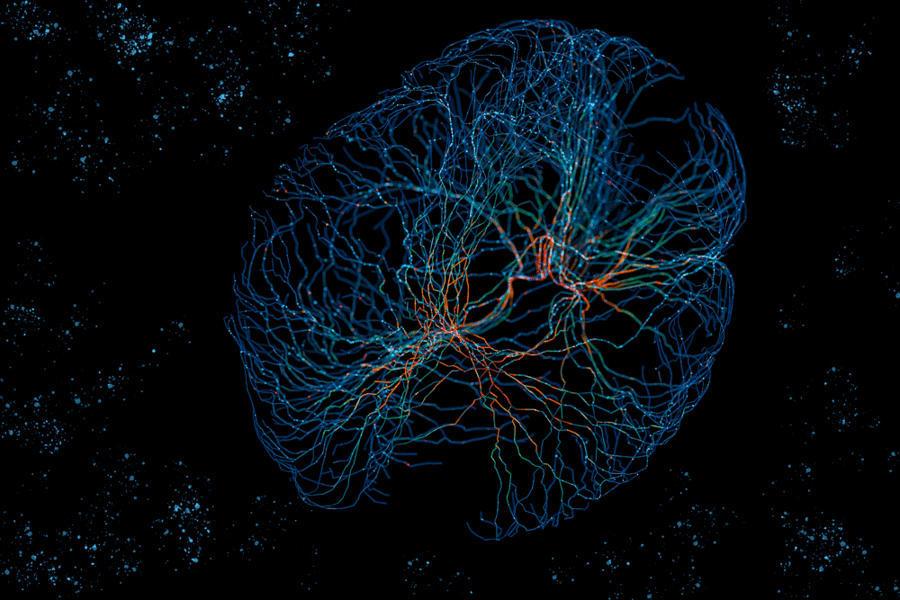MIT News November 2, 2022
The central claims of recent deep learning-based models of brain circuits are that they make novel predictions about neural phenomena or shed light on the fundamental functions being optimized. Through the case-study of grid cells in the entorhinal-hippocampal circuit, a team of researchers in the US (Stanford University, MIT) showed that one often gets neither. They reviewed the principles of grid cell mechanism and function obtained from analytical and first-principles modeling efforts and examined the claims of deep learning models of grid cells. Using large-scale hyperparameter sweeps and theory-driven experimentation, they demonstrated that the results of such models may be more strongly driven by particular, non-fundamental, and post-hoc implementation choices than fundamental truths about neural circuits or the loss function(s) they might optimize. Finally, they discussed why these models cannot be expected to produce accurate models of the brain without the addition of substantial amounts of inductive bias. According to the researchers caution and consideration, together with biological knowledge, are warranted in building and interpreting deep learning models in Neuroscience…read more. Open Access TECHNICAL ARTICLE

Credit: Christine Daniloff, MIT, stock image